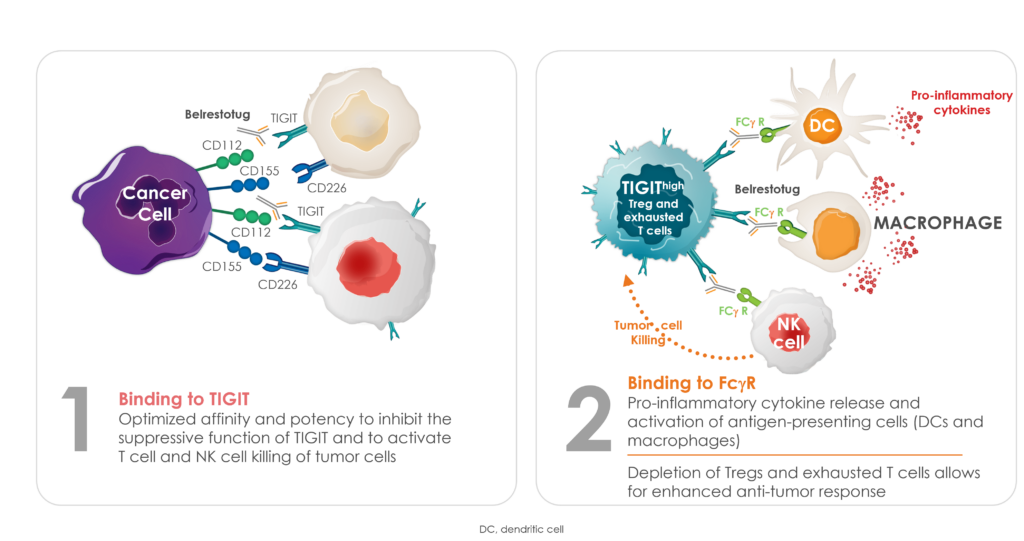
An anti-TIGIT antibody that engages with the immune system in multiple ways.
At iTeos we are pioneering the discovery and development of a new generation of highly differentiated immuno-oncology therapeutics.
Our differentiated development approach is driven by biologic rationale and clinical need utilizing our IO candidates in intra-portfolio combinations and with programs of external collaborators.
Latest press releases
iTeos Therapeutics Enters into Agreement to Be Acquired by Concentra Bioscien…
WATERTOWN, Mass. and GOSSELIES, Belgium, July 21, 2025 (GLOBE NEWSWIRE) — iTeos Therapeutics, Inc. (“iTeos”) (Nasdaq: ITOS) today announced that…
iTeos Therapeutics Announces Its Intention to Wind Down Operations
– Board of Directors intends to cease operations – Company to focus efforts on selecting best path to deliver near-term…

